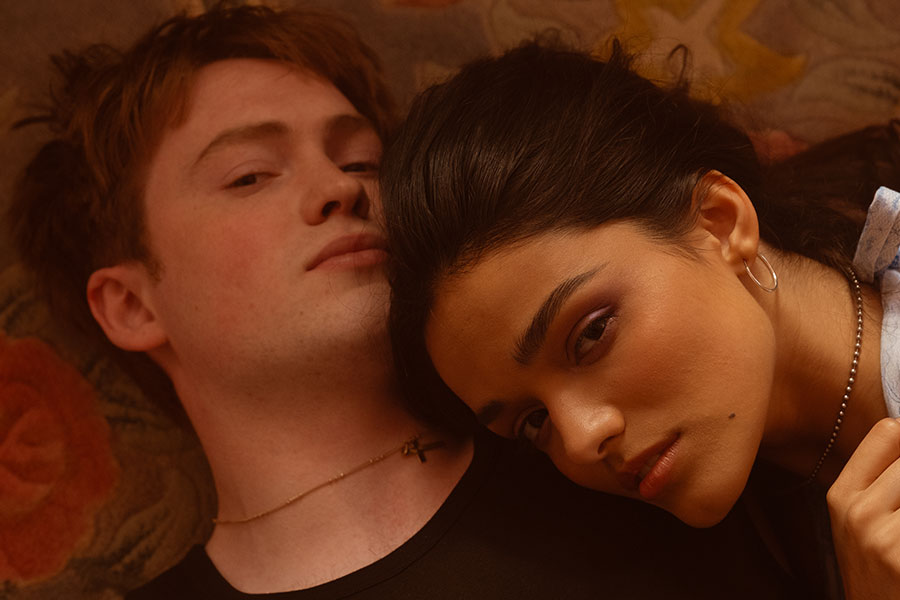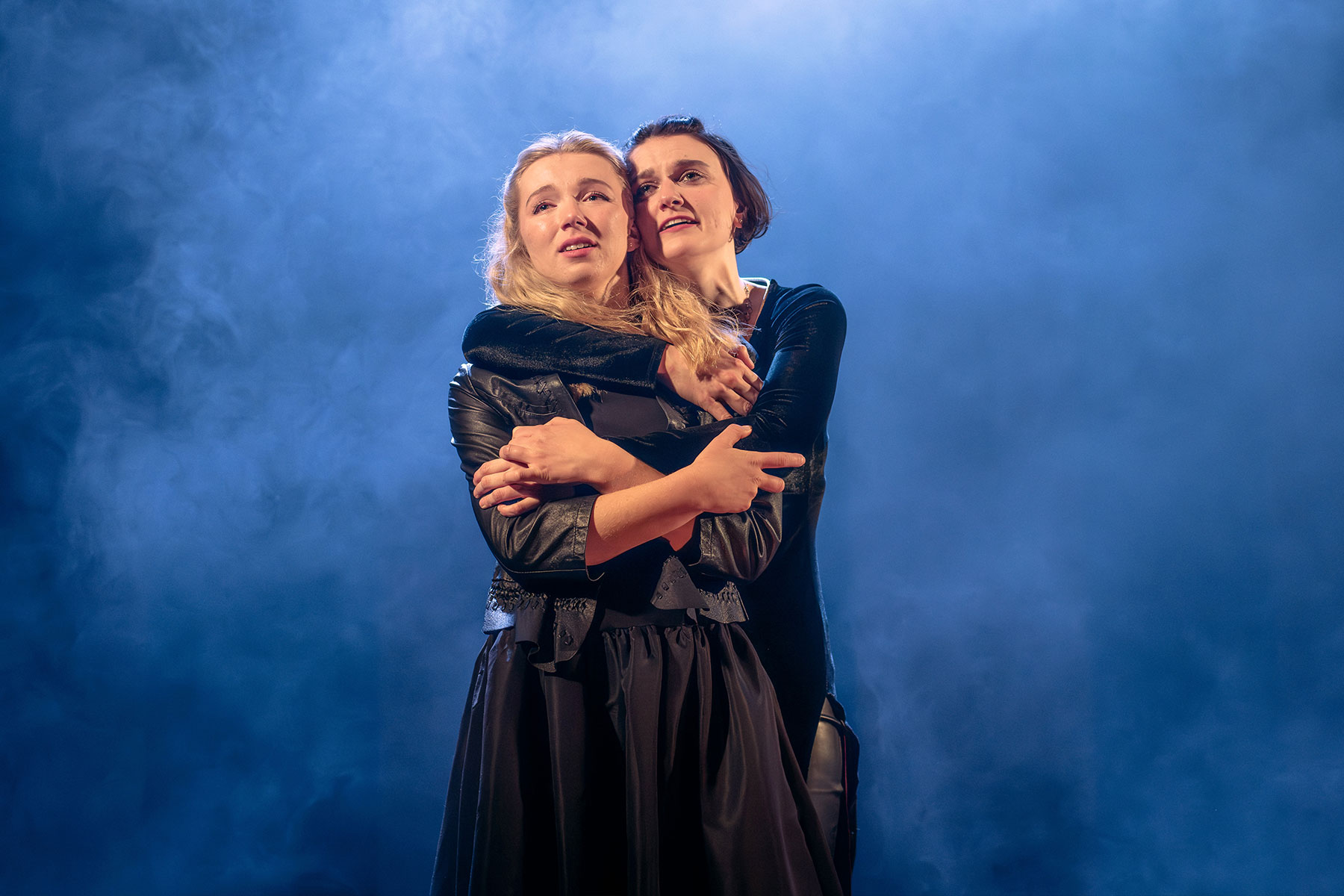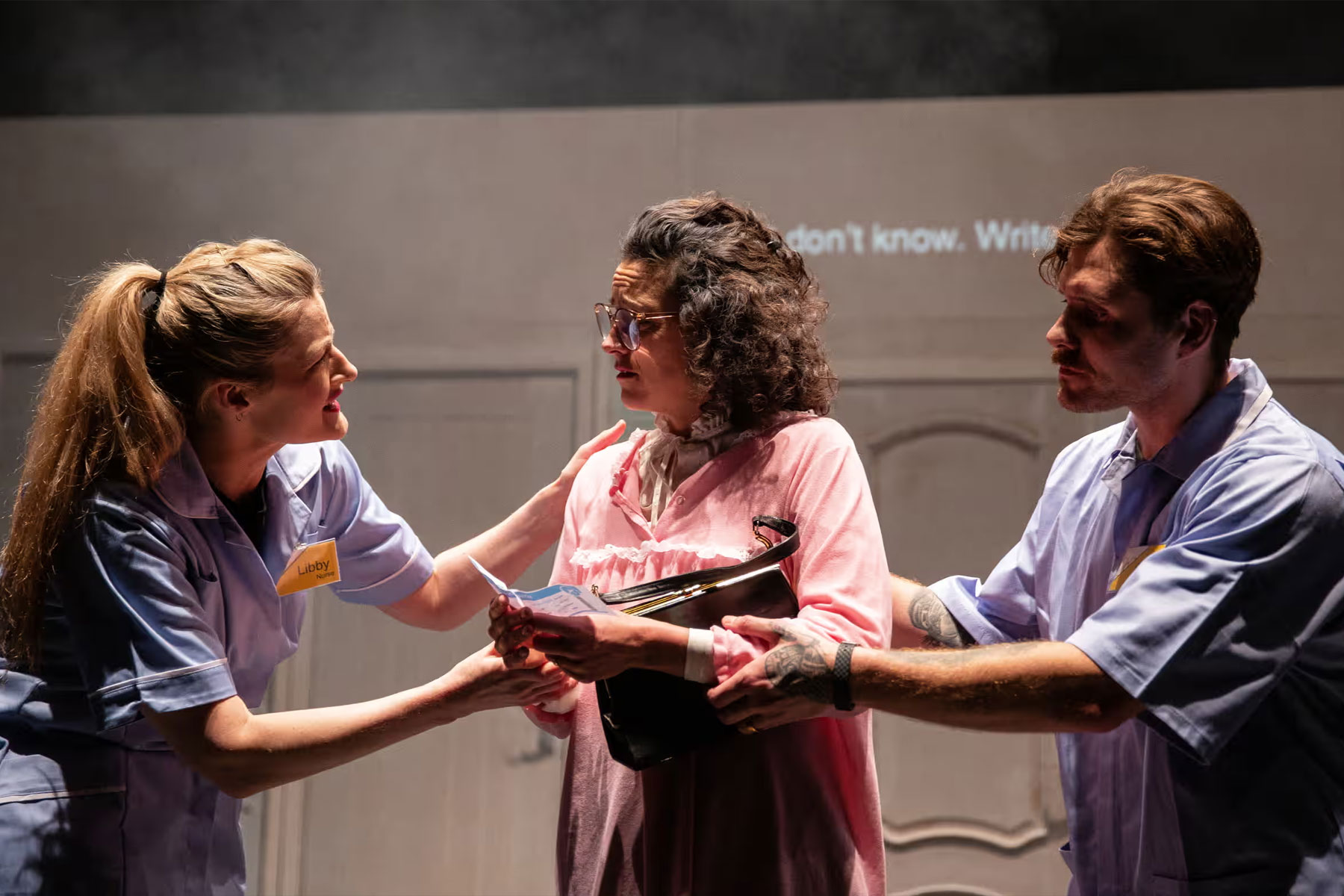Ariadne auf Naxos
season-opener, a new production of Richard Strauss’s delicious confection
Ariadne auf Naxos, a few days in advance of the first night,
setting up quite an expectation of what was to come. An unknown but heralded German director was
going to take a radical new approach to the opera, with Glyndebourne itself as
the location and World War II the backdrop.
With the Sussex opera house’s usually sky-high musical standards
anticipated, this could be quite an event.
This is a work of two halves: a
fast and furious prologue that sets up one of opera’s most ingenious crises,
when two incongruous entertainments are sent crashing into each other, and a
more leisurely second half where all difficulties are finally flung aside and
harmony reigns in a meltingly lovely conclusion. Hofmannsthal’s libretto is one of the most
unusual in the repertoire and, as always with his Strauss collaborations, one
that can be taken seriously as drama even when comedy is at the heart of it.
It’s a scenario open to a wide
range of interpretations (artists subjected to the ridiculous demands of absentee patrons and
forced to cut, cut, cut has some obvious contemporary resonances) and Katharina
Thoma gives us something that partly succeeds in shedding new light.
The country house of a rich
benefactor of the arts lends itself well enough to 1940s Glyndebourne, with
some fun visual references: the Prima Donna (Soile Isokoski) as Gloria Swanson,
ready for her close-up, Laura Claycomb’s lithe, flame-haired Zerbinetta a sexy
It Girl and her troupe of entertainers an emblazered ENSA quartet. The busy coming and goings of the prologue,
swirling around Kate Lindsey’s neurotic boy Composer, are nicely done.
The prologue ends with, not the
much-vaunted grosses feurwerk, but
real-life explosions as enemy bombers jettison their payloads over the South
Downs (actually some indoor pyrotechnics, manifesting the clash of the real and artificial in unexpected ways).
After the long dinner interval,
the Opera takes us in a different direction, as any sense of theatrical representation
is left behind. The country house is now
re-commissioned as a sand-bagged hospital and Ariadne a shell-shock victim,
cared for by three dryads-turned-nurses.
It explains her confused mental
state and delusions that a god is coming to rescue her and when he does arrive
it’s not Bacchus the deity but a wounded RAF pilot, a mere man after all. It all goes some way to explore the Ariadne/Zerbinetta
play on Man as God but for anyone who doesn’t know the work, it’s likely to be more
than a little confusing. Doing your
homework by reading the various press interviews Thoma has done recently will
help but it shouldn’t need to be that way.
So far we have a concept that has
the germ of an idea (maybe more, to be fair) but what of the performances? Isoskoski is a fine Straussian, rich and creamy,
and she delivers more than
adequately. In the performance of the
evening, Kate Lindsey is an excellent Composer, in the Alice Coote tradition of
convincing callow youth acting.
Claycomb’s Zerbinetta dances and acts prettily, and has most of the notes,
but there’s a lack of vocal bloom and agility in her coloratura. What should be the real showstopping moments
aren’t quite there but there’s fun to be had in the sight of her finishing the “Großmächtige Prinzessin” aria by being
dragged into straitjacketed captivity.
Sergey Skorokhodov’s Bacchus is
more problematic, as some of the notes evade him, and there’s not the heft the
role demands. The commedia troupe
despatch their roles effectively enough but the lack of definition in a quartet
who look identical, leads to under-characterisation.
Vladimir Jurowski coaxes lovely
sounds from the chamber orchestra drawn from the LPO and the performance of
Strauss’s miraculous score is the greatest strength of the evening.
– Simon Thomas
Ariadne auf Naxos will be shown live in cinemas on Tuesday 4 June and streamed on the
Guardian and Glyndebourne websites










